|
In the last post, I discussed some issues pertaining to cleaning and poop disposal. Another pressing issue that often comes up in connection with the topic of poo is the stain it can leave on your fleece liners, cloth diapers, or your little one's clothes in the case of a poop explosion. If you're not having issues with stink, leaking, or other absorbency issues with your nappies, then you can assume that you have the right washing routine down. With that established, the stains left on your nappies is sometimes simply unavoidable even if you're using liners. Newborn poop, for example, are especially notorious for leaving stubborn yellow stains. For some parents, the stains are the byproducts of using reusable diapers, and they aren't bother by them. For those who do find them annoying and would like to get rid of the stains, I'll tell you an amazing secret that has helped me to get rid of stains on more than just cloth diapers. Every. Time. That secret: the sun. Yep, that's right. It's the sun. No chlorine or oxygen bleach needed for whitening fabrics. After washing your diapers (or liners or clothes or whatever fabric needs to be whitened), all you have to do is hang it in a sunny spot no matter the weather; whether it's in the middle of a snowy winter or a warm summer morning. If you have nappies/liners/clothes with especially glaring and stubborn stain, here are some extra steps to help get them out: 1. Line dry right after washing As mentioned above, hang dry your items as soon as you take them out of the wash. Do not put them in the tumble dryer. Doing so, may set-in the stain. Sun bleaching your freshly washed wet laundry will give you faster and better results.
4. Dry 2-3 hours at a time during the day
This is especially important during the summer months if you will be drying your diapers outdoors; you don't want to weaken the elastics on your nappies or damage the waterproof laminate lining from extreme exposure to heat. During the winter, you can get by with an extra hour or two of leaving your diapers to dry in the sunlight. If you need your items to be whiter, you can sun bleach it another day for another 1-2 hours. There is no need to rewash the diapers, but you can spray some of the lemon juice mixture if you wish. Remember that if you're using sun bleaching on colored fabrics, it can remove the stains but also lightened the fabric's color in the process. By the way, below is the result of sun bleaching 2-3 hours for three days for some very stained diapers. You can see the yellow stains from the newborn poop on the first picture. The second picture shows a closeup of the same diapers from the top left of the first picture. Not bad, right?
0 Comments
When your child starts eating solid food, his/her poop will be firmer than when your newborn was only drinking breast milk or formula. When the poop is firm, to clean, you just have to shake and flush the poo in the toilet.
Of course, in the perfect world, it would be as simple as that, and you can go about you day without having to give another second of your life to cleaning/touching poop. However, as a parent, I know that there are moments (many as a matter of fact), when your child's poo--for whatever reason--will cause a huge mess. Then what? To my dear first-time parents Sorry to break it to you, first time parents: explosive, soft, runny poop will be a part of your life no matter if you use reusable or disposable diapers. At some point, you will have to touch your child's poop no matter if it's accidental or intentional (oh, yes, you heard me right!). Don't worry though, you'll get over that icky factor in a short matter of time. Runny and soft poo So now that's been established, what do you do when your child's poop is soft and mushed all over the cloth diaper? If you're using a disposable or fleece liner, try and shake as much poop solid into the toilet as you can. Many disposable liners (such as the ones we sell) do claim that you can flush it in the toilet as it is supposed to be biodegradable. If you are certain that your toilet and sewage system would be able to handle it, then lift the liner and flush it. Personally, I like to suggest to my customers to dispose of the liners in the trash bin after they shake out as much of the solid as possible into the toilet. Use your shower head to spray your diaper If you're using only a fleece liner, you can spray the poo that's stuck to the fleece fabric into the toilet. If your shower head can reach the toilet, then perfect. Use a low-medium pressure setting first, and work your way up. Be careful not to use a very high-pressure setting as it can spray the poo onto you and all over the bathroom. Use a squirt bottle as an alternative If your shower head can't reach the toilet, or, as in our case, your toilet is located in a WC rather than your bathroom, then you can use a squirt bottle to spray water and rinse the poop solid in the toilet. You can reuse and repurpose dishwashing liquid bottles for this, or in our case, we reused the plastic bottle I received at the hospital for perennial cleaning. No liners? If you don't use a liner, then follow the same exact step as if you would need to clean the poo from a fleece liner. You can also scrape the poo off using a toilet paper and dispose them in the toilet. Newborn EBF baby Perhaps you have a newborn who is EBF (exclusively breast fed). Then, theoretically, you can wash the diaper with the poo in the washing machine since breast milk is water soluble and should break down in the wash. Nevertheless, if you're sharing a washing machine, or simply can't get over the idea of putting any type of poop in the washing machine, then I suggest you also use fleece or disposable liners and follow the same steps above. Poop is still stuck on the fabric When there's still poo stuck on the diaper and/or fleece liner even after you sprayed, you can choose to put it in the washing machine as is; your washing machine should be able to handle what's left on your liners or diapers. If you're sharing a washing machine and would like to be considerate to your neighbors, I like to recommend that you rinse and scrub the rest by hand in the sink or bathtub (keep in mind that the sink is a smaller area to clean and sanitize after). Normally, this is the last step I would do and I would suggest you to do when there is a small, stubborn spot of poo you want to get rid of. From personal experience, this should not happen so often, particularly if you can use your shower head to rinse as it has better pressure than manually using a squirt bottle. As briefly mentioned, don't forget to clean and sanitize your sink or bathtub if you had to use the area to rinse out poo. I know, I know, the last step is probably an overkill, but for someone who is adamant about cleanliness, I didn't mine spending an extra couple of minutes doing it. Hopefully, you have a perfect angel who poops firm solids only once a day so you don't even have to go through much of these various steps. For the rest of us who have little poop machines, well...hopefully this article will make nappy cleaning a little less daunting. Finding a good but simple washing routine is probably what will make or break your experience using reusable diaper. Since the biggest resistance to using cloth nappies seems to be: 1. The "yuck" factor of having to deal with the poop and pee (because now you can't just chuck that stinky ball of a diaper in the bin and simply forget about it); and 2. The inconvenience of having to deal with the aforementioned stinky, dirty diapers through washing. It is, therefore, critical to establish an easy-to-follow cleaning procedure and have a good washing routine down. Additionally, if you have an excellent cleaning routine down, you won't be Below are a couple of tips that worked well for my family as first time reusable nappy users. 1. Use liners. Line your cloth diapers with a reusable fleece liner and/or eco-disposable liner. Both fleece and disposable liners will help you to dispose of the poop much easier and faster. The idea is that the liners will catch the solids, so you can... 2. Take the liner, and dispose of poop in the toilet and flush. Using a liner will make disposing the poop much, much easier to do.
I strongly recommend you wash every 2-3 days. This way, you shouldn't run into problems such as mold, bacteria growth, or stains. We never did.
Get to know your washing machine and all the wonderful features it has to offer. Does it have a short cycle that's 30-minutes or less? Yes? Then you're in luck. Our wonderful Bosch washing machine allows us to wash a 5kg load of laundry or less in 15 minutes on 30° C. Although I don't use this option as the main cycle to wash the soiled diapers, I use it to pre-wash the diapers. By the end of the 15-minute cycle, most visible and unpleasant soils were washed away, which made me feel much less disgusted in putting other dirty clothes or linens with the diapers to make a full load. Then I wash on 60° C on a normal cycle. After washing, I usually hang dry our reusable nappies, but most can safely be tumbled dried if you wish. 5. Prepare the clean and dried diapers as much as possible for your next use. After your reusable nappies are dried, prepare them for your next use as much as possible. That means if you're using a pocket diaper, re-stuff the pockets with the insert, or if you're using an All in One diaper that has a special insert like the Smart Bottoms 3.1 AIO, for example, go right ahead and fold the insert to how it best fits your baby. My DH and I followed these five easy steps and it helped us to have a frustration-free experience. Since there weren't so many steps to follow, these became a daily routine for us, much like you would have a routine down if you're using disposable diapers anyway. In the last post, I discussed about the different modern reusable nappy systems available on the market. To make the process of choosing the right system (or systems) for your family easier, I created a guide to help you navigate through the different choices.
Keeping the pros and cons of each system in mind, I also wanted to make a couple of remarks:
When we found out we were about to become parents a couple of years back, immediately I started reading reviews and articles about the best (and safest) baby products available. Yes, I was that person. Even way before we were expecting, and long before we started a family of our own, we always felt uneasy about the unsustainable amount of waste we produce in our daily lives. Even in Switzerland, where the waste is not necessarily dumped in a landfill, we still manage to be the second country in Europe that produces the highest level of waste. With the amount of disposable diapers children use on average before they are completely potty-trained being in the several thousands, we knew there had to me a more sustainable way. It wasn't long before we discovered modern cloth diapers in our research. 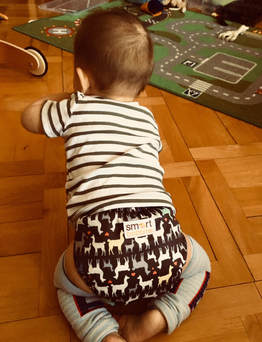 Hi and welcome to thoughtful.ch. For the last three years, my DH and I have been cloth diapering our LO. Many of the cloth diapers we use weren't so easy to come by in Switzerland, let alone Zürich. So, I decided to open an online-shop where I can provide you with some of my favorite modern cloth diapers and accessories. I'll also keep updating my blog with useful information about modern cloth diapers, as well as practical tips like washing and getting the right fit for your baby. In addition, if you're living in the city like us, we'll give extra focus about how to make cloth diaper work for you as urban parents. Stay tuned and connect with us on social media! |
About meOriginally from suburbia California, I'm now an urbanista and Zürcher mom to one very rambunctious toddler. Archives
March 2019
Categories |

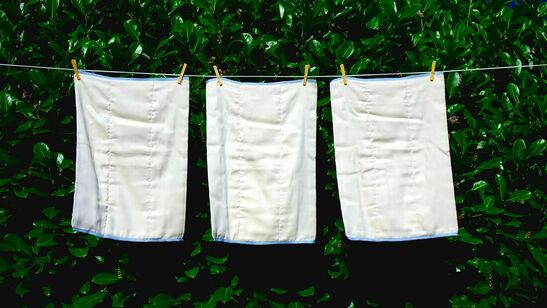
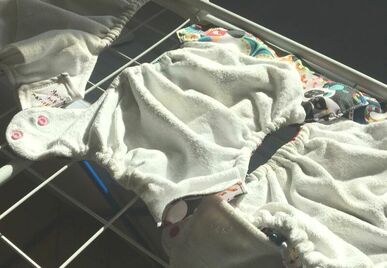
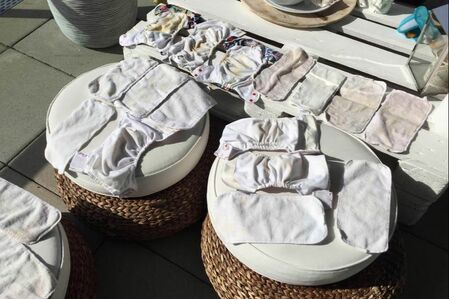
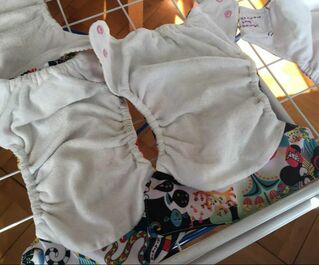
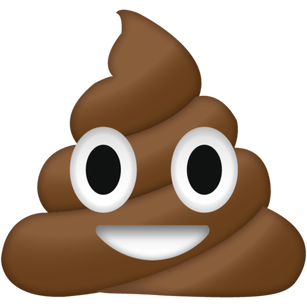

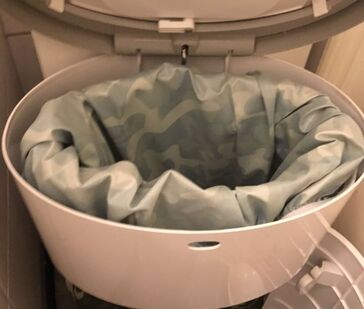
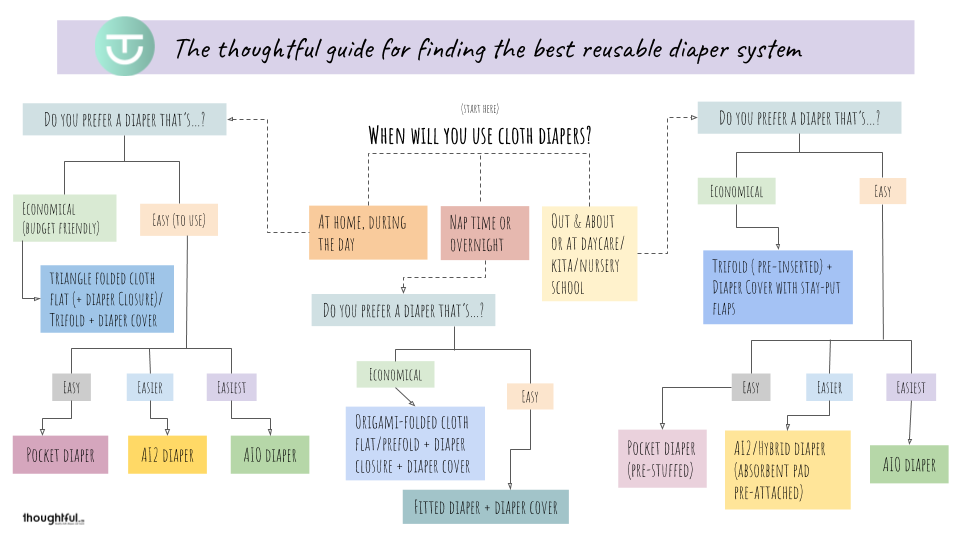
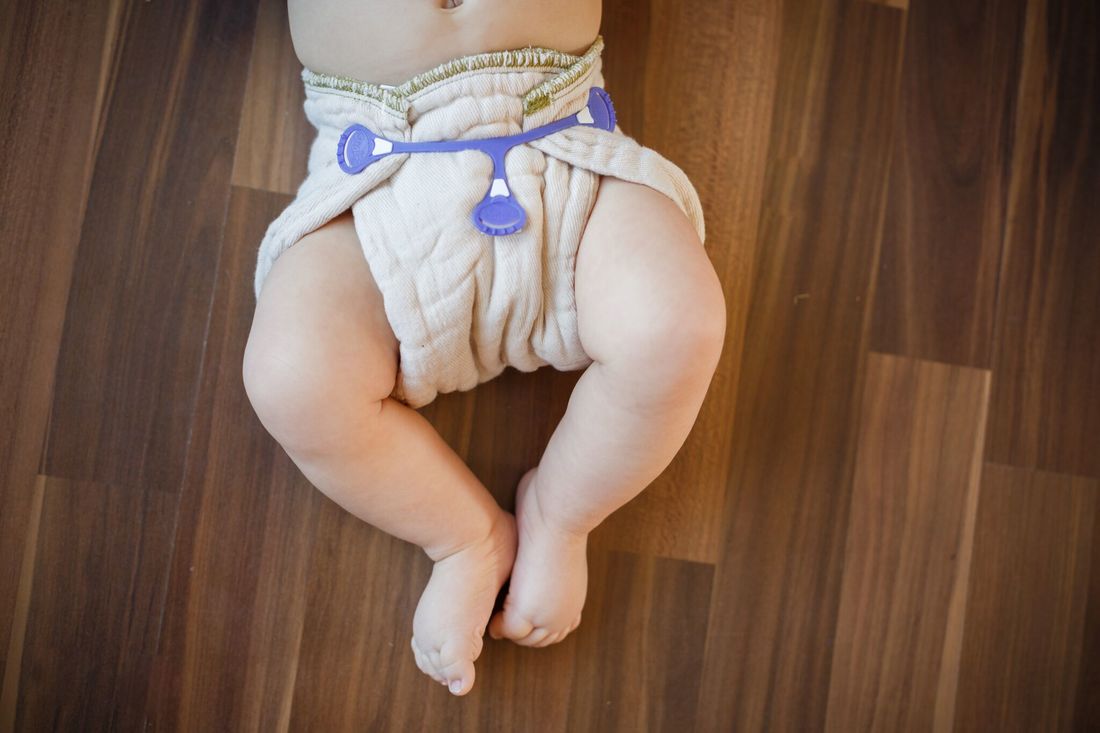
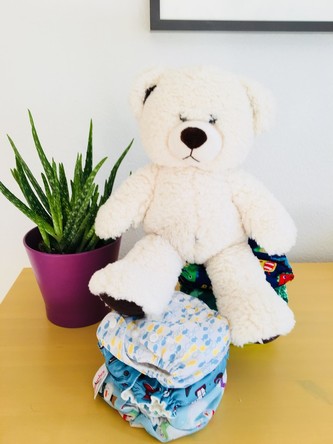
 RSS Feed
RSS Feed